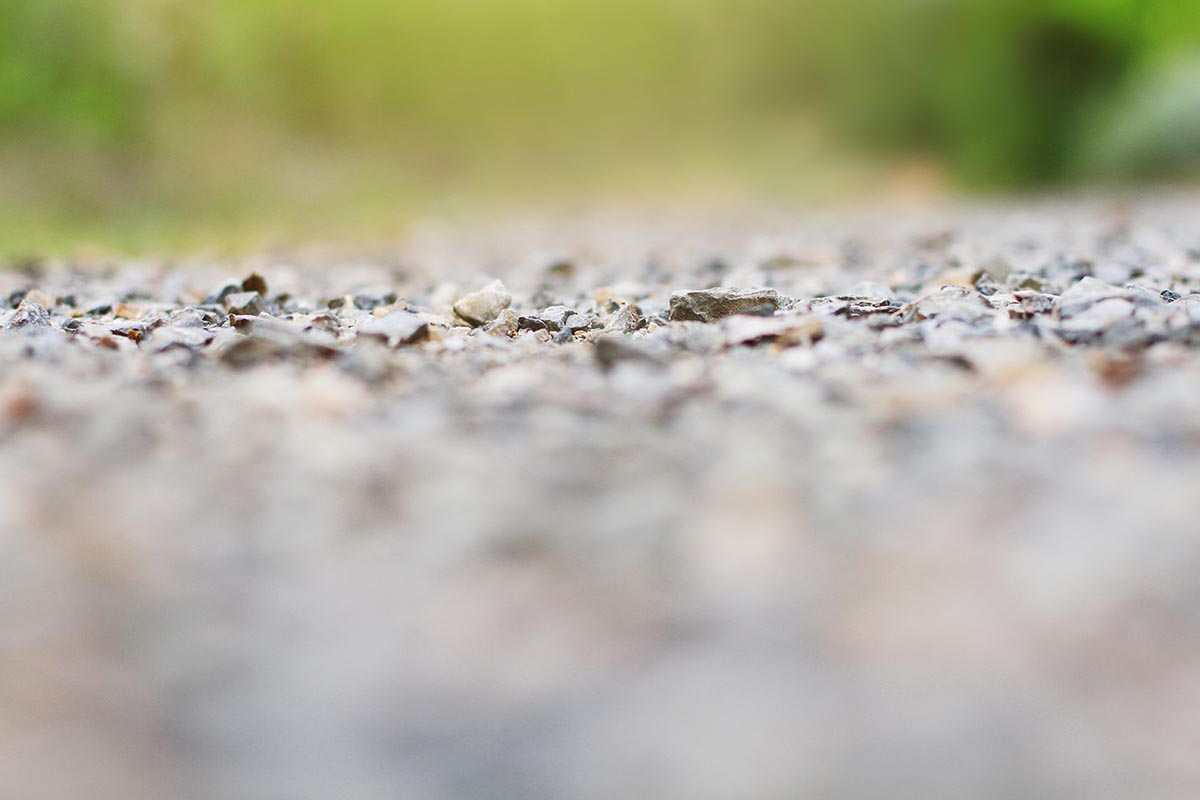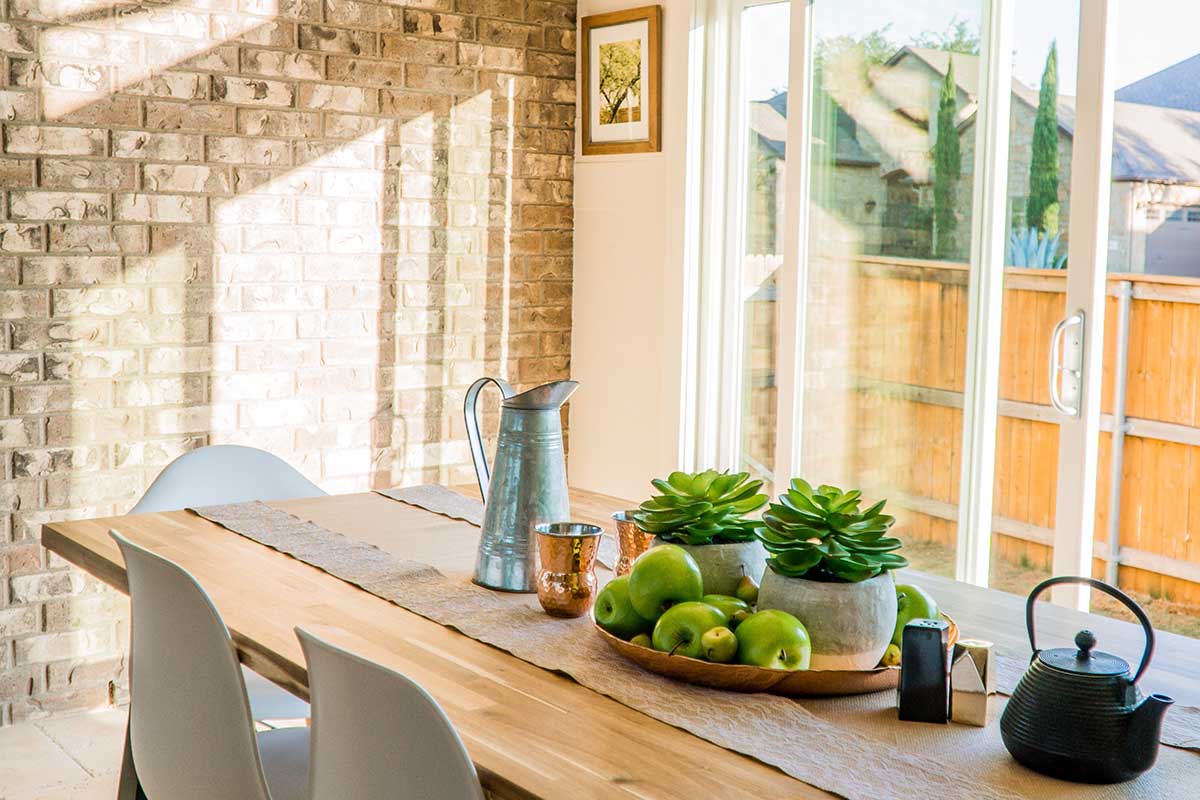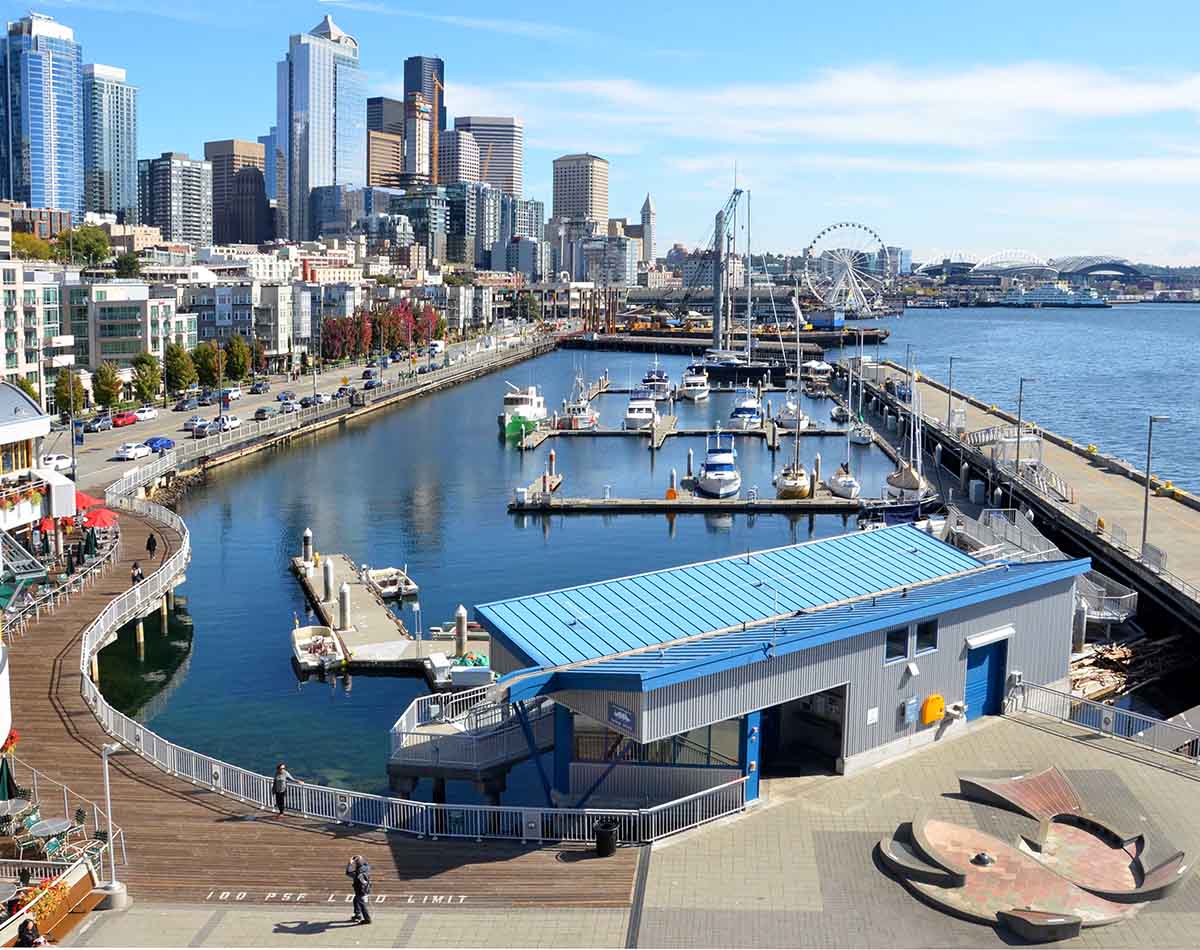The Best Ways to Stabilize the Ground
There are many reasons why people would want to stabilize the soil. At its most basic level, the ground needs to be stabilized to be built on it. A construction project has to have a strong base. If the soil is not strong enough, the building can sink into the ground, or the whole building can topple over.
What is weak soil? A soil that is too permeable is not strong. If water can permeate the soil too easily, the soil will wash away. How is ground stabilized? By adding products that help bond soil particles together. Another way that the ground can be stabilized is to waterproof the soil particles. The third way is to combine the first two methods.
Not only do we want buildings to remain to stand, but we also want construction workers to be safe. If the ground they are working on is not stable soil, construction workers can be killed in cave-ins.
What Are Some Good Solutions for Ground Stabilization?
By far, the most common element used to stabilize soil is to add slaked lime. In particular, highway departments use slaked lime to make sure a roadbed is stable. Adding lime also soaks up the water from the soil. Cement is the second most popular additive to make the soil more stable. It behaves about the same way as lime. They are both excellent ground stabilization solutions.
Tar and Asphalt
Adding tar and/or asphalt makes the soil particles stick together. Tar and asphalt also keep too much water from being absorbed by the soil.
Various Chemicals
Calcium and sodium chloride and sodium silicate are some of the chemicals used to stabilize the soil. They aren’t easy to use because they tend to leach out of the soil, so they have to be applied repeatedly.
Plastics
Many companies make plastic grids that can be put down over unstable soil. The size and the depth of the cells in the grid vary according to what will be built on top of them. One advantage of plastic grids is that they drain well. First, a porous fabric is laid down; then, the plastic grid is placed over that. The grid is filled with gravel or sand, dirt or grass.
How Are These Materials Applied?
In the most basic method, the soil is mixed with the stabilizing material. Construction workers must keep in mind three things when using this method. First, the kind of soil being stabilized must be identified correctly. Mixing in the wrong material won’t help stabilize the soil. Secondly, the worker must determine the correct percentage of stabilizing material to put in the soil. Thirdly, the worker must find out how deep to go when adding the stabilizing material.
A more expensive method is called grouting. It is used when the unstable ground is buried so that the construction worker cannot reach it to mix in materials. The chemicals are injected into the patch of soil and then soaks into the ground to stabilize it.




















